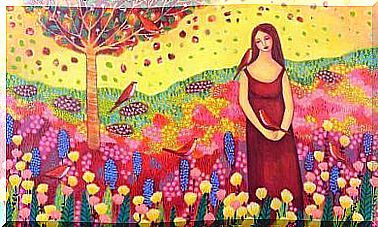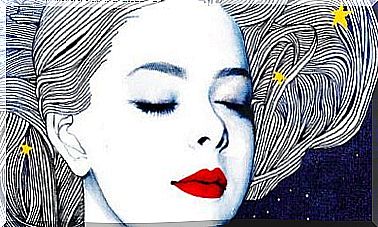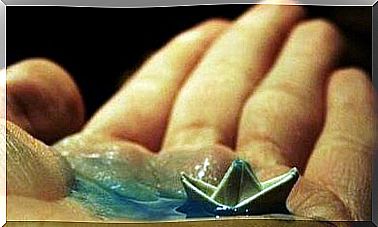Julio Cortázar, The Biography Of The Great Argentine Intellectual
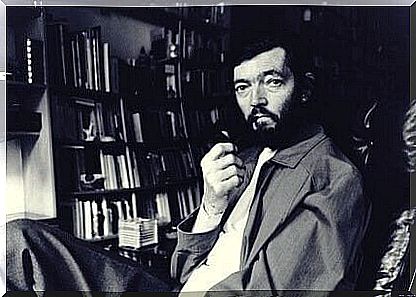
Julio Cortázar was a wonderful cultivator of tales. This author moved us with O Jogo da Amarelinha and taught us, above all, to understand that everyday life also has this special, magical and unforgettable side. Few voices in Hispanic American literature have emerged with such force to inspire entire generations as this great narrator of the history of literature.
Very recently, it has been 35 years since its loss due to leukemia. However, today, the name of Cortázar continues to be seen as one of the most important innovators in the art of writing. Although it is very common to hear frequently that in terms of narrative it is very difficult to do something new, the Argentine master managed to do it.
He was a renowned artist at the time of giving shape to the short story endowed with a strange poetic prose. Furthermore, through his style, often surrealist, he managed to bring us the lights and shadows of our daily life, with the toughest aspects and also the most inspiring ones. Bestiary , for example, remains today a masterpiece for which time never passes, as well as our admiration.
Your bibliography is immense. He left us as a legacy many short stories, novels, essays, poetry, plays… He took a step further in the literary field, and left us, in turn, the path taken by a man who was firm at all times with his ideals . Julio Cortázar even opted for French nationality in protest against the military government in his country, Argentina.
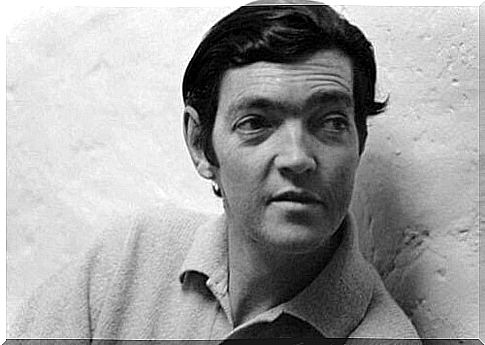
The biography of Julio Cortázar
Julio Cortázar was born in 1914, in Belgium, precisely coinciding with the beginning of the First World War. His family, of Argentine origin, stayed for several years in Europe due to his father’s work: he was the Argentine ambassador in Belgium.
Therefore, it was only five years later that Julio Cortázar discovered his parents’ land for the first time. The second country that, like France, would mark his personal and literary life.
a man of letters
His training and his early years of youth were spent in Argentina. He studied teaching and, for some years, he worked as a teacher in small towns. However, in 1951 he returned to his favorite city, Paris, thanks to a scholarship. In this city, he settled down for a long time working as a translator for UNESCO and continuing his literary work.
At the same time, it is worth noting that before leaving Buenos Aires, he had already published some important works, such as his famous Bestiary. He had also collaborated in several magazines such as Realidade and Os Anais de Buenos Aires , directed by Jorge Luis Borges.
However, it was in the 1960s that his name began to shine with a light of its own. Julio Cortázar has become a true reference in the universe of Hispano-American letters. His name already appeared alongside such figures as García Márquez, Juan Rulfo, Mario Vargas Llosa, Mario Benedetti and his object of admiration, Jorge Luis Borges.
Cortázar brought his sensitive, innovative style and his great social conscience, identifying himself from an early age with the marginalized classes.
Julio Cortázar, the social activist
Julio Cortázar never symbolized the discreet and introverted intellectual classic. In his youth, he participated in several demonstrations against Peronism. However, it was not until the 1960s that he showed more energetic and confident activism. Until then, and in order to preserve his work, he tried to make his literary productions assume the echo of his voice and thoughts.
Books such as La otra orilla ( The other margin , in free translation) or the short story Casa Tomada symbolize those turbulent times that Argentina was going through at the time. However, when he starts to be known and has access to the public sphere, a firmer profile emerges. Cortázar travels to Cuba to meet Fidel Castro, attends the inauguration of Salvador Allende and does not hesitate to support the Sandinista movement in Nicaragua.
Suddenly, he becomes a demanding writer who inspires thousands of people and who seeks, in addition, to defend human rights. He began giving lectures and published works as notable as Chili: le d ossier noir (Dossier Chile: the black book, in free translation), in which he spoke openly about the Pinochet regime. It is noteworthy that his activism was not well accepted by the Argentine government, reaching the point of having been investigated by the direction of police intelligence.
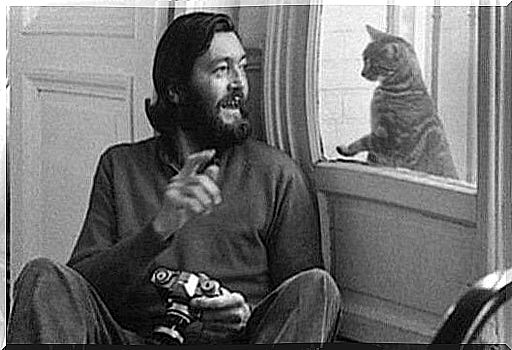
The pressure (and even the persecution), finally, leads Julio Cortázar to ask for French nationality in order to move to his favorite city: Paris. There, he lived his last years until , after turning 69, he ended up leaving this world due to leukemia.
O Jogo da Amarelinha , a literary treasure by Julio Cortázar
We are not mistaken in stating that the publication of O Jogo Da Amarelinha , in 1963, marked a before and an after in Hispano-American literature. Cortázar managed to accomplish in this work something never seen until now.
His gift for creating fables, for renewing linguistic plans, the technical-stylistic universe and that of argumentation opens the door to a new genre of which he is the only author.
Structure
For starters, anyone who has read O Jogo Da Amarelinha knows that there are two ways to dive into its pages. We can do it in the “normal” way, that is, reading from chapters 1 to 56. But, as Cortázar himself explains, we can also read in another way, following his “direction table”.
In that case, we would start with chapter 73 and follow the order indicated at the end of each chapter. Nothing more and nothing less than that. The recommendation is to read both ways to participate in this game, this literary revelation with which it is possible to discover perspectives and play with realities.

Style
The Amarelinha Game was written in poetic prose. Thus, one of its author’s goals was not just to surprise us with its innovative structure. The ultimate purpose is to make the reader reflect, leading him to see how history can be rewritten, changed, rewritten and even destroyed.
Cortázar breaks away from conventional language to enter the more emotional realm of our minds through wordplay, changes in punctuation and the use of neologisms.
Argument
The character in the book is Horacio Oliveira. He is an intellectual character, a little cold and analytical. Ultimately, he is a man in crisis who undoubtedly represents a large portion of the population. However, his world changes when, suddenly, he meets another unforgettable being from the literary world: Maga.
It is about someone pure, emotional, spontaneous and free from conventionalism. In it, is the essence of the surrealism that Cortázar was nurtured in French lands.
This character is a challenge to society itself. He is the opposite of Horacio Oliveira, he is an exceptional being, but primitive at the same time; who curiously desires to have the gift of speech while the intellectuals themselves envy his intuition, magic and simplicity.
The hopscotch game symbolizes, in essence, the two spheres of our own society: the intellectual and the emotional, the rigid and the revolutionary, existentialism and conventionalism… Few books are so indispensable to challenge our mind and make us reflect on a reality in which time seems to pass.
Julio Cortázar presented us with works as unforgettable as they are essential in the history of literature. Books such as O Jogo da Amarelinha and Bestiário are two wonders for which time will never pass, as well as our admiration for this unmistakable style.
